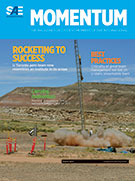Standard
GUIDANCE FOR USAGE OF DIGITAL CERTIFICATES
2018-07-11
CURRENT
ARINC842-2
This document sets forth guidance for life-cycle management of public/private (i.e., asymmetric) keys that are used to secure interactions among systems.









